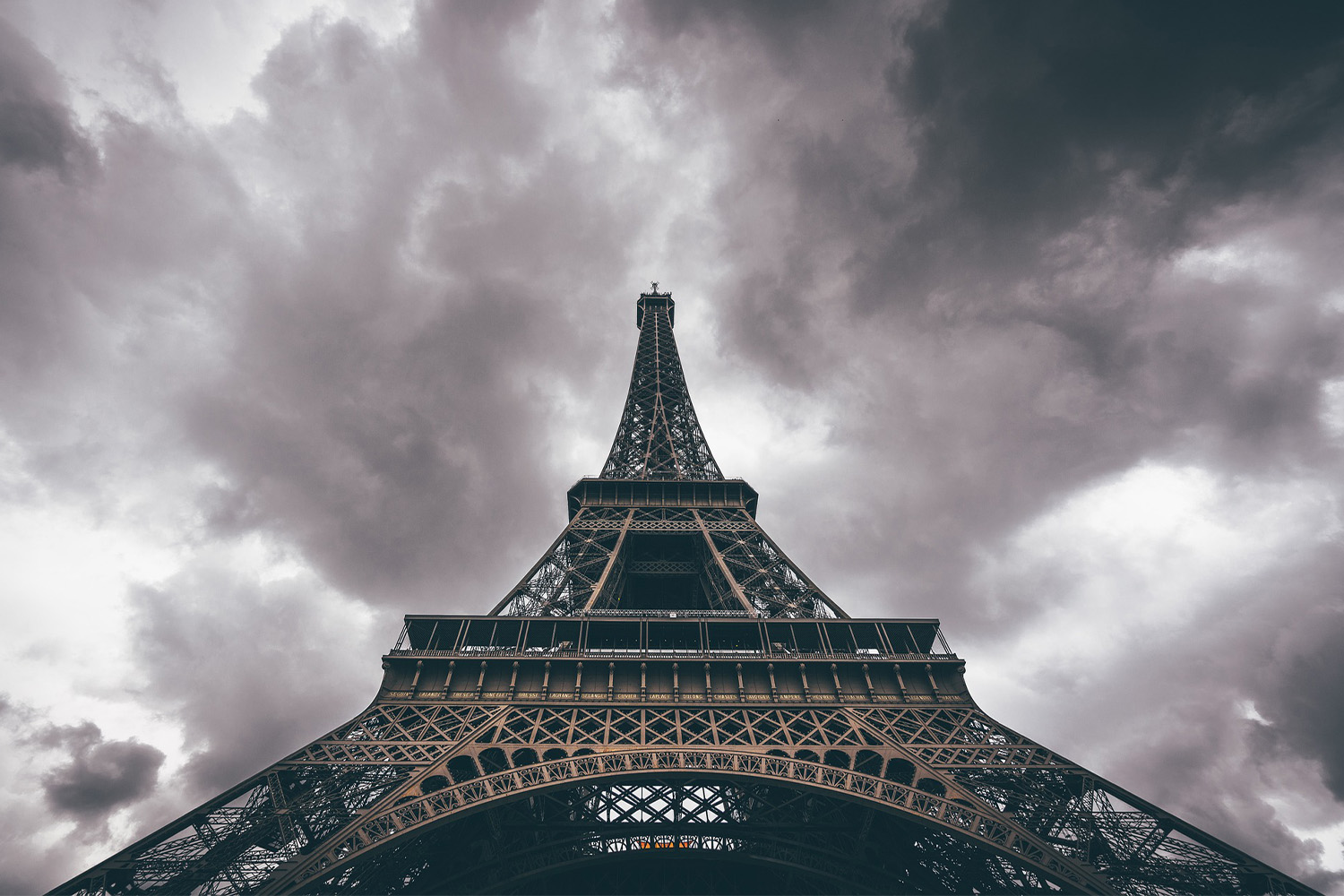Architectural Education Session 7
Share

Last week during our architectural training we finished off 19th-century industrialization.
Tocci employees studied 19th-century industrial-style architecture, by looking at work done by Henri Labrouste, Joseph Paxton, Gustave Eiffel, and Louis Sullivan. We learned that as 19th-century architects struggled to define their field in light of new technologies, new market forces, and new building problems, audacious new designers emerged from engineering to address the age.
We explored this exciting period by moving back and forth between new technologies (such as iron), new building types (such as factories, greenhouses, iron bridges, etc), and the groundbreaking buildings that followed (Labrouste’s Bibliothèque Nationale de France, Paxton’s Crystal Palace, and Eiffel’s Tower).
The night ended with a look at the prolific work of the Chicago School. We saw how ideas originating in the office of William Le Baron Jenney were developed further by his protégés: Daniel Burnham, William Hollabird, Martin Roche, and Louis Sullivan. In particular, we focused on Sullivan’s immense influence on Modern architecture evidenced by the pervasiveness of aphorisms like, “less is more,” and, “form [ever] follows function.” We concluded with a series of 20th through 21st-century buildings clearly inspired by the gridded façade of Sullivan’s Carson, Pirie, and Scott Department Store.